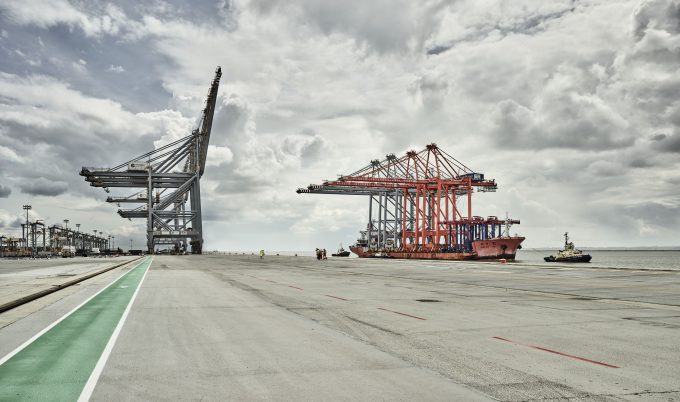The smart money is in 'scalable' green fuels, says UMAS study
However well-intentioned, early investment in shipping biofuels may be misguided, according to the latest study ...

US government measures to reduce the risk of supply chain overexposure to China, amid growing tension between Beijing and Washington, have turned towards the nation’s ports.
Last night, President Biden ordered some $20bn for development of new port infrastructure, as concerns mounted that spyware could ’find its way’ into the operating systems of gantry cranes made in China.
The White House said: “Marine transport system operators rely on digital systems to enable operations. These systems have ...
Maersk u-turn as port congestion increases across Northern Europe
Apple logistics chief Gal Dayan quits to join forwarding group
Maersk Air Cargo sees volumes fall as it aims for 'margin in favour of revenue'
Airlines slash freighter capacity post-de minimis, but 'the worst is yet to come'
Houthis tell Trump they will end attacks on Red Sea shipping
Transpac rates hold firm as capacity is diverted to Asia-Europe lanes
MSC revamps east-west network as alliance strategies on blanking vary
India-Pakistan 'tit-for-tat' cargo ban sparks sudden supply chain shocks


Comment on this article